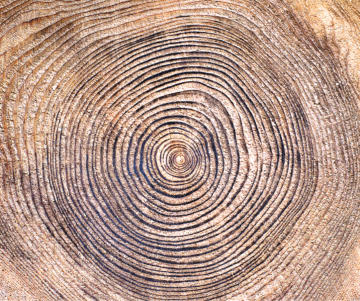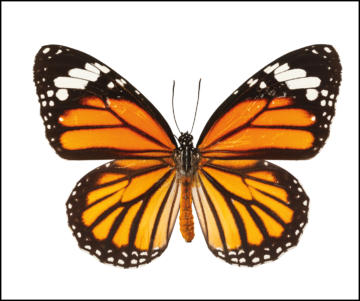What exactly is a pattern? Explore patterns through the Looking for Patterns Lesson Plan, then take your curiosity and wonder outside to discover nature’s design and beauty.
Once you have looked for patterns outside, see this video and discover some of the ways mathematicians and scientists have described the different types of patterns found in nature.
What is a pattern?
Start by really thinking about this question. How would you describe the concept of pattern in your own words? Write some of your thoughts down, or share them with someone. You probably have an idea about what a pattern is. Maybe you have used coloured blocks to make sequences that repeat. Maybe you can think of number patterns, like counting by 2’s. We often think about patterns in art and design. Music also has patterns as we repeat certain notes or rhythms.
In your own definition of patterns, did you use any of these words?
- order
- repeated
- design
- rule
- sequence
- organized
- not random
- systematic
Patterns can be ways people do things, or how events recur in a predictable way. Patterns are very important in math and science, as we look for regularities and ways to predict what will happen.
Consider this definition: “Patterns are repeating sequences or arrangements of objects, numbers, actions and events that systematically follow a given rule.”- Juliet Robertson, Messy Maths

Directions:
Now that you have your own idea of what a pattern is, do you think there are patterns in nature?
Option #1:
• Go out and look for patterns in nature. Draw/photograph as many patterns as you can find.
• Using your discoveries, group your finds into ‘pattern collections’ – write or draw how you decided to group your patterns into similar groups.
• Can you regroup your objects so they make a different collection? If yes, how many different pattern collections can you come up with, each different from the last?
• What are the “rules” or criteria you used to group your patterns together?
Option #2:
• Instead of (or as well as) collecting patterns outdoors, learners could also try and group the pattern cards provided. Print the resource page provided and cut up each individual picture.
• Discuss and decide how you can organize these into groups of similar patterns.
• Try and regroup them into different collections.
• What are the “rules” or criteria you used to group your patterns together?
Once you have your pattern collections, watch this video to compare your own ways of grouping to others’ ideas.

Resources (Grades 5+):
• Read Mysterious Patterns by Sara C Campbell
• Read Growing Patterns by Sara C Campbell
• Watch this TED Ed talk from Colm Kellher: The Science of Symmetry








